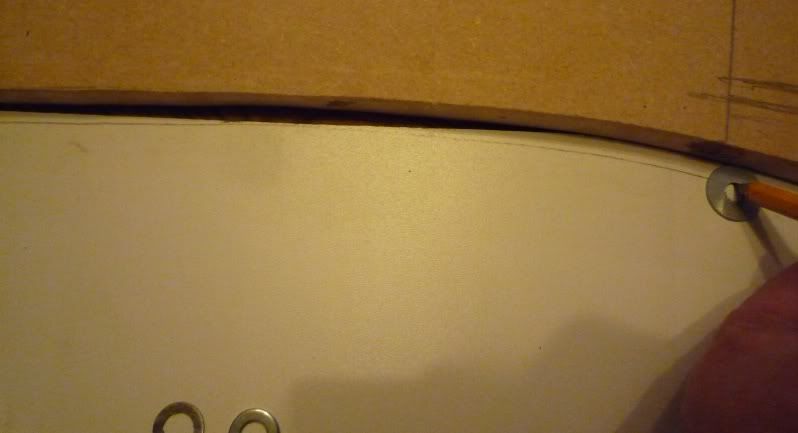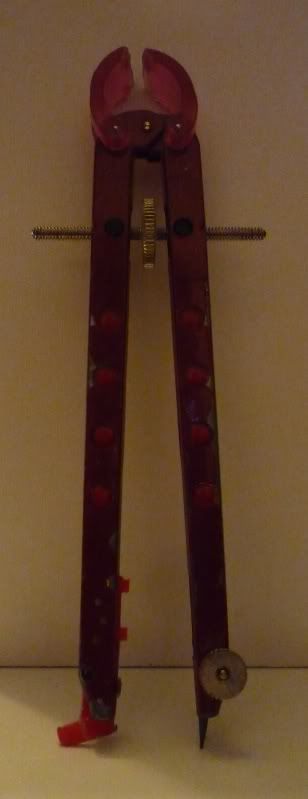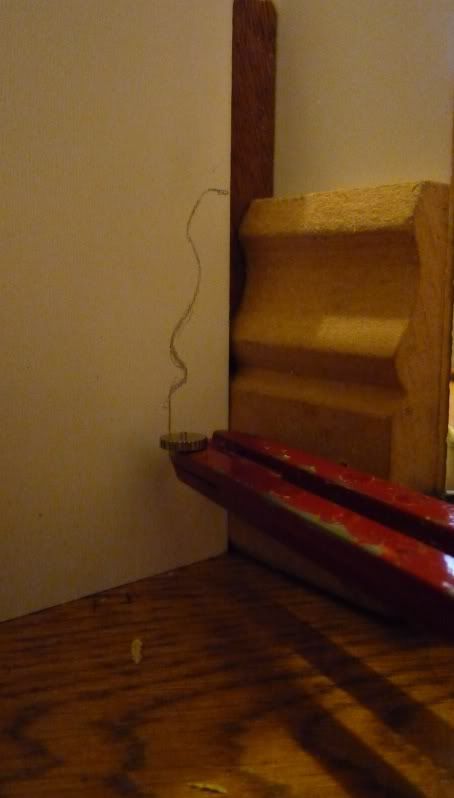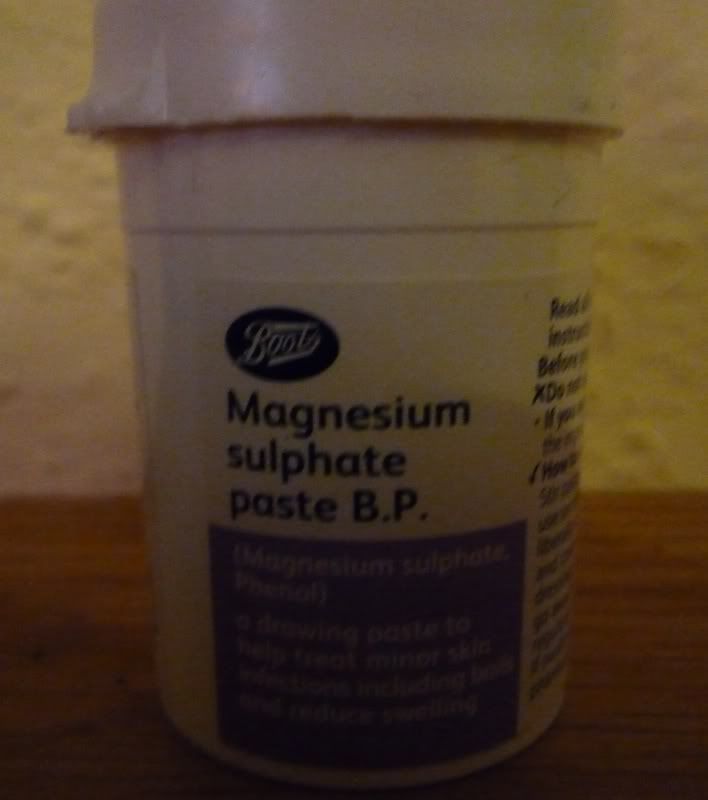OK Jimi, Blister and all you other car-booters, here's another one, following on from that OM10 thread earlier...
Give old SLR camera lenses a new lease of life, as magnifying glasses:
Simply turn the lens round so you're looking through the front towards the back (as if you were looking into the camera body). Open up the iris, and voila! You have a really high quality "magnifying glass."
50mm or thereabouts is about the best compromise for magnification versus focal distance - wider-angle lenses give more magnification, but the object needs to be closer, and the lens physically gets in the way. 135mm etc. are too long a focus to be useful (I can only hold something at arm's length, max!).
I use an old Pentax 50mm f1.8. A clear filter on the front stops it getting scratched, and I use its back lens cap as a stand on the bench to return it to, so it stays reasonably clean.
Camera lenses are perfect for looking at edges you're sharpening - you can see very fine scratches and burr easily - and for all sorts of similar jobs. Being usually made of aluminium or plastic, they don't attract filings (but it's still a good idea to keep the lens off the sharpening bench), and most are roughly cylindrical, so easily clamped.
Incidentally, it's the focal length that matters most, so you can also use the lenses from old darkroom enlargers. Although they're physically smaller, optically they're just as good as, if not better than, cheap camera lenses, but the image will be dimmer though.
Cheers, E.
PS: if (when) the filter gets cruddy, wash it with cheap liquid hand soap (the sort without 'moisturizer' in it), rinse under a warm tap, then dry with a clean well-washed hanky (not a new one). Leave it in a warm place for an hour or so, for the last bits of water in the threads, etc. to dry, and it's good as new. It's important to rinse all the soap off, but it works. I've been doing this for years and never damaged a filter yet (nor my glasses either).





































